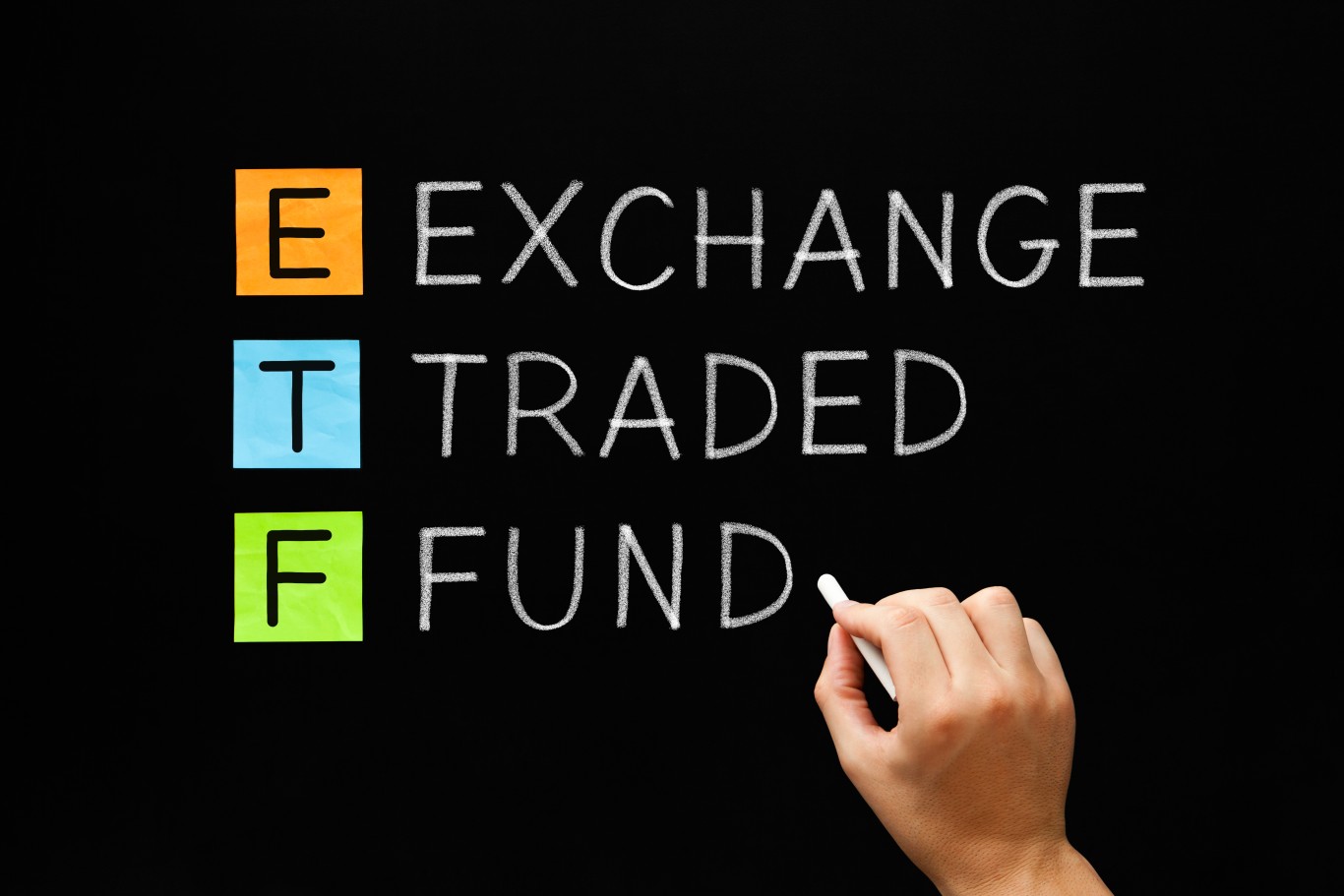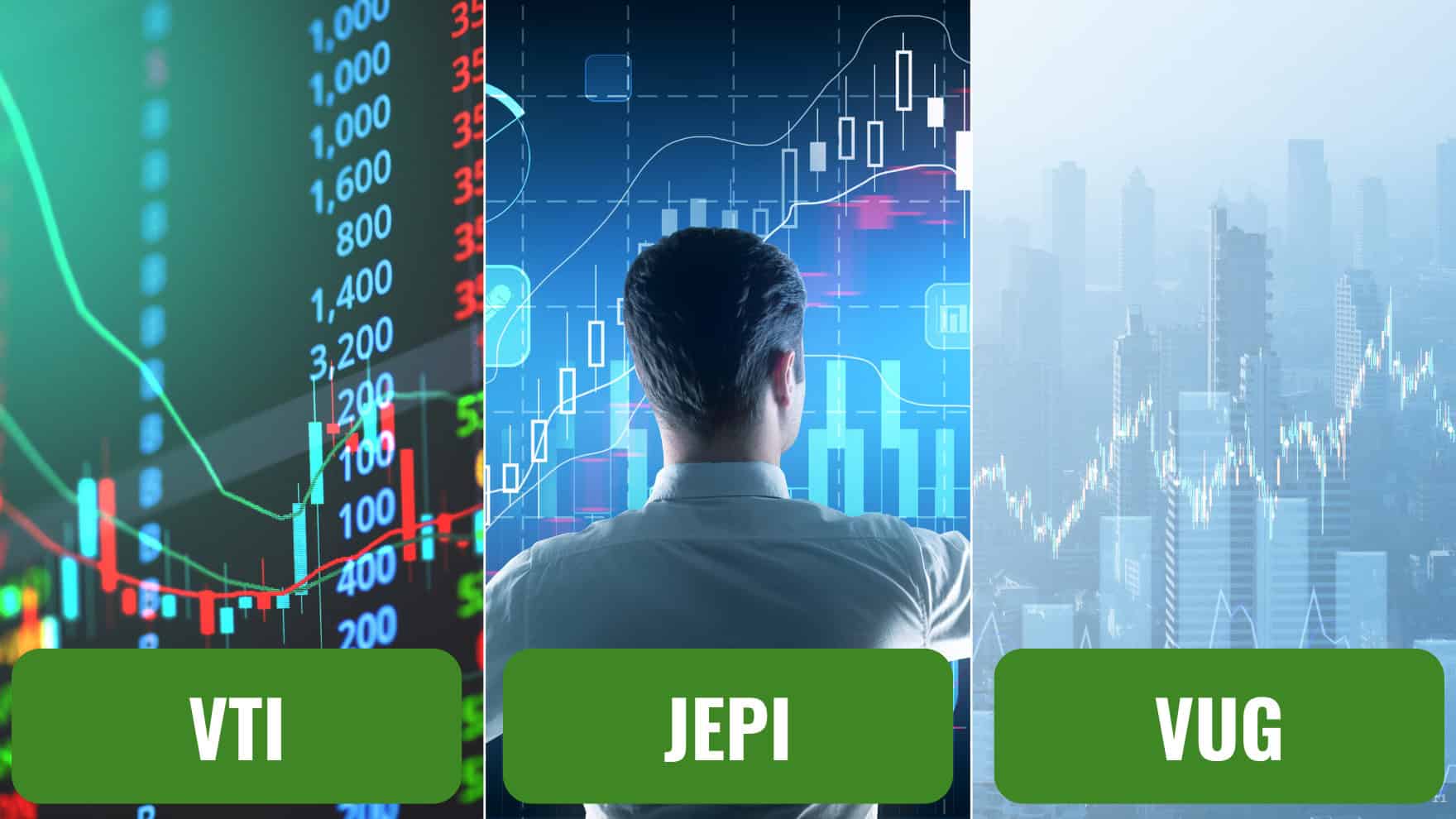
The Wall Street Journal published an article on Oct. 7 discussing why the investment industry loves active ETFs, but most investors probably shouldn’t.
The ETF industry has grown considerably over the years. In the last decade alone, assets under management have grown nearly sevenfold to $10 trillion, with active management accounting for just 10% of these assets. The business is dominated by BlackRock, Vanguard, and State Street, who primarily charge low management fees and make money through large volumes.
“Selling products that track gauges such as the S&P 500 or the MSCI World Index is a low margin, commoditized business. That is killing many mid-size asset managers who lack the scale to compete. Even the Big Three are eager to expand into higher-margin lines,” wrote WSJ contributor Jon Sindreu.
Interestingly, when it comes to active ETFs, only active small-cap and bond ETFs outperform their passive counterparts.
Here are three ways the Avantis U.S. Small-Cap Equity ETF (NYSEARCA:AVSC) demonstrates that small-cap active ETFs are the best.
Key Points About This Article:
- Active management doesn’t have to mean significant turnover.
- Performance is good and likely to get better with lower interest rates.
- The fees aren’t nearly as high as one might think.
Passively Active Management

The Avantis U.S. Small-Cap Equity ETF got its start in January 2022. Today, it has 1.32 billion in net assets.
“Pursues the benefits associated with indexing (diversification, low turnover, transparency and tax efficiency), but with the ability to add value by making investment decisions using information in current prices,” states the ETF’s website.
The ETF’s benchmark is the Russell 2000 with 2000 stocks compared to 1,231 for AVSC. While the former’s top three sectors by weight are healthcare (17.52%), financial services (16.04%), and industrials (15.63%), the latter’s are financials (27%), industrials (17%), and consumer discretionary (13%).
So, not only does the small-cap ETF’s portfolio managers allocate 57% to the top three sector weightings compared to 49% for the index, but they do this with an annual turnover of just 7%.
Passively active management can accomplish that for even the smallest of stocks.
The Performance Is There
The Wall Street Journal article used data from Morningstar Direct that compared the returns of small-cap passive and active ETFs and passive and active mutual funds between 2009 and September 2024. They found that the active ETFs had average annual returns of around 12%, 110 to 200 basis points higher than the other three types over the past 15 years.
So far, the Avantis ETF has struggled, but it’s still early in the game with less than a three-year track record. Nonetheless, over the past year through Sept. 30, AVSC generated an annual return of 23.68%, which isn’t a bad return but did trail the Russell 2000 by 308 basis points.
There’s a possible explanation for the difference in performance.
The weighted average market cap of the ETF’s holdings is $1.78 billion, slightly less than two-thirds of the $4.5 billion average for the Russell 2000. With interest rates only getting cut for the first time in late September, investors remain cautious about smaller companies with tiny market caps.
That should change in the months ahead and into 2025.
The Fees Are Very Reasonable

The Avantis fund charges just 0.25% or $25 per $10,000 invested. The lower the fees, as passive indexers know, the higher the long-term returns.
According to VettaFi, the top three small-cap ETFs by assets are the IShares Core S&P Small-Cap ETF (NYSEARCA:IJR), the iShares Russell 2000 ETF (NYSEARCA:IWM), and the Vanguard Small Cap ETF (NYSEARCA:VB).
Their management expense ratios are 0.06%, 0.19%, and 0.05%, respectively, for an average of 0.10%. That’s considerably less than 0.25%. However, looking at VettiFi’s data for management expenses for actively managed ETFs, few, if any, match AVSC.
For example, the JPMorgan Small & Mid Cap Enhanced Equity ETF (NYSEARCA:JMEE) has an annual management expense ratio of 0.24%, one basis point less. However, its average market cap is $6.67 billion, almost four-fold higher than Avantis’s ETF. Generally, the higher the market cap, the lower the expense ratio.
You’ll find that Avantis’s small-cap active ETFs have the most reasonable expenses of any large ETF provider. That will make a difference if you hold the small-cap ETF for the long term.
The Average American Has No Idea How Much Money You Can Make Today (Sponsor)
The last few years made people forget how much banks and CD’s can pay. Meanwhile, interest rates have spiked and many can afford to pay you much more, but most are keeping yields low and hoping you won’t notice.
But there is good news. To win qualified customers, some accounts are paying almost 10x the national average! That’s an incredible way to keep your money safe and earn more at the same time. Our top pick for high yield savings accounts includes other benefits as well. You can earn up to 3.80% with a Checking & Savings Account today Sign up and get up to $300 with direct deposit. No account fees. FDIC Insured.
Click here to see how much more you could be earning on your savings today. It takes just a few minutes to open an account to make your money work for you.
Our top pick for high yield savings accounts includes other benefits as well. You can earn up to 4.00% with a Checking & Savings Account from Sofi. Sign up and get up to $300 with direct deposit. No account fees. FDIC Insured.
Thank you for reading! Have some feedback for us?
Contact the 24/7 Wall St. editorial team.





